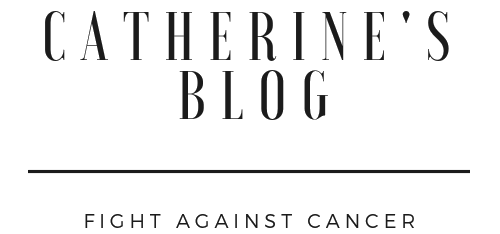Incurable diseases are a problem. Not only for the patients themselves and their relatives. Many people who deal with the disease are also concerned. However, those affected often also find that those around them know little about their illness or perhaps even treat them with prejudice or have incorrect information.
Anyone who has informed themselves can show solidarity and solidarity in different ways. A particularly well-known sign of support are the small pins, also known as awareness ribbons, which are now available in different colors. But how did these symbols come about and what other symbols are there?
The custom of using ribbons as a symbol of solidarity or support probably dates back to the late 1970s. In 1979, the wife of a hostage held in Iran remembered the song "Tie a Yellow Ribbon Round the Ole Oak Tree" by Dawn and Tony Orlando, inspired her to tie a yellow ribbon around a tree.
The woman explained to a reporter who interviewed her that she was expressing her desire to see her husband again. A short time later, thousands of people tied yellow ribbons around trees as a sign of solidarity with the soldiers in Iraq. A few years later, yellow ribbons were used during the Gulf War to express America's solidarity with its troops fighting far from home.
Well-known solidarity loops
After that, everything happened quickly. Within a short period of time, many charities were awarded their own ribbon. The ribbons became so ubiquitous that the New York Times even declared 1992 the "Year of the Ribbon."
Today the badges come in over 50 different colours and colour combinations. Interestingly, many of them have been given multiple meanings. The yellow ribbon, for example, is still used as a sign of solidarity with soldiers on foreign missions.
However, it is now also intended to support bone cancer and endometriosis patients. In total, the 50 ribbons are used as symbols for over 200 different purposes.
An orange symbol is associated with leukemia and multiple sclerosis, jade draws attention to hepatitis B and liver cancer. Blue stands for freedom of opinion and speech, and purple draws attention to Lupus Month in May, among other things.
In addition to the single coloured awareness ribbons, there are also colourfully patterned ribbons: a zebra print supports rare diseases, turquoise with white dots is used for lymphological diseases. A ribbon with colourful puzzle pieces on it marks Autistic Pride Day.
However, only a few of them are known in Germany.
- The red AIDS ribbon: Inspired by the yellow ribbon for soldiers, AIDS activists introduced red ribbons in 1991 to commemorate those "who die at home". They chose red as the colour of "passion" and because of its connection to blood. They wanted to express solidarity with HIV-infected and AIDS-suffering people in general and to end the stigmatisation of those affected. On June 2, 1991, the AIDS ribbon finally became world famous: the actor Jeremy Irons wore it on his chest at the 45th Tony Awards, the most important US theatre and musical award. The red ribbon is now one of the most well-known among Germans. Because the German AIDS Foundation in particular has used it frequently, it is often associated with the organisation.
- The pink breast cancer ribbon: This symbol is also very well known. It was introduced just a few months after Irons' appearance at the Tony Awards by the Susan G. Komen Breast Cancer Foundation. The Susan G. Komen Breast Cancer Foundation has been organizing the "Race for the Cure" since 1983 - now the largest international fundraising event for breast cancer. The pink pins were handed out at the race in 1991, and the foundation was laid for the breast cancer ribbon that is so well known today. However, it only became famous a year later, through the collaboration of the American Self magazine and Estée Lauder. What was planned as a simple special edition ended with the pink cancer ribbons being distributed in all Estée Lauder branches in America. After other companies got involved, it was finally spread internationally.
- The black mourning ribbon: Without being associated with a specific illness or charitable cause, the black ribbon is particularly well-known in our country. It generally expresses mourning and is often tied around the right-hand corner of a photo of the deceased at funerals. It is used as a ribbon in particular in the case of an unnatural death, such as a terrorist attack or suicide.
Although all three awareness ribbons appear to be clearly associated with a disease or a purpose, they also have other functions. For example, the pink ribbon is also a symbol of the efforts to combat premature births.
Further signs of solidarity
In addition to awareness ribbons, there are also silicone bracelets that serve as a symbol for illnesses and charitable causes. Many charities now give them to people who donate money. However, these bracelets are also available at major events or sporting events, where they are distributed to spectators and participants.














0 comments:
Post a Comment